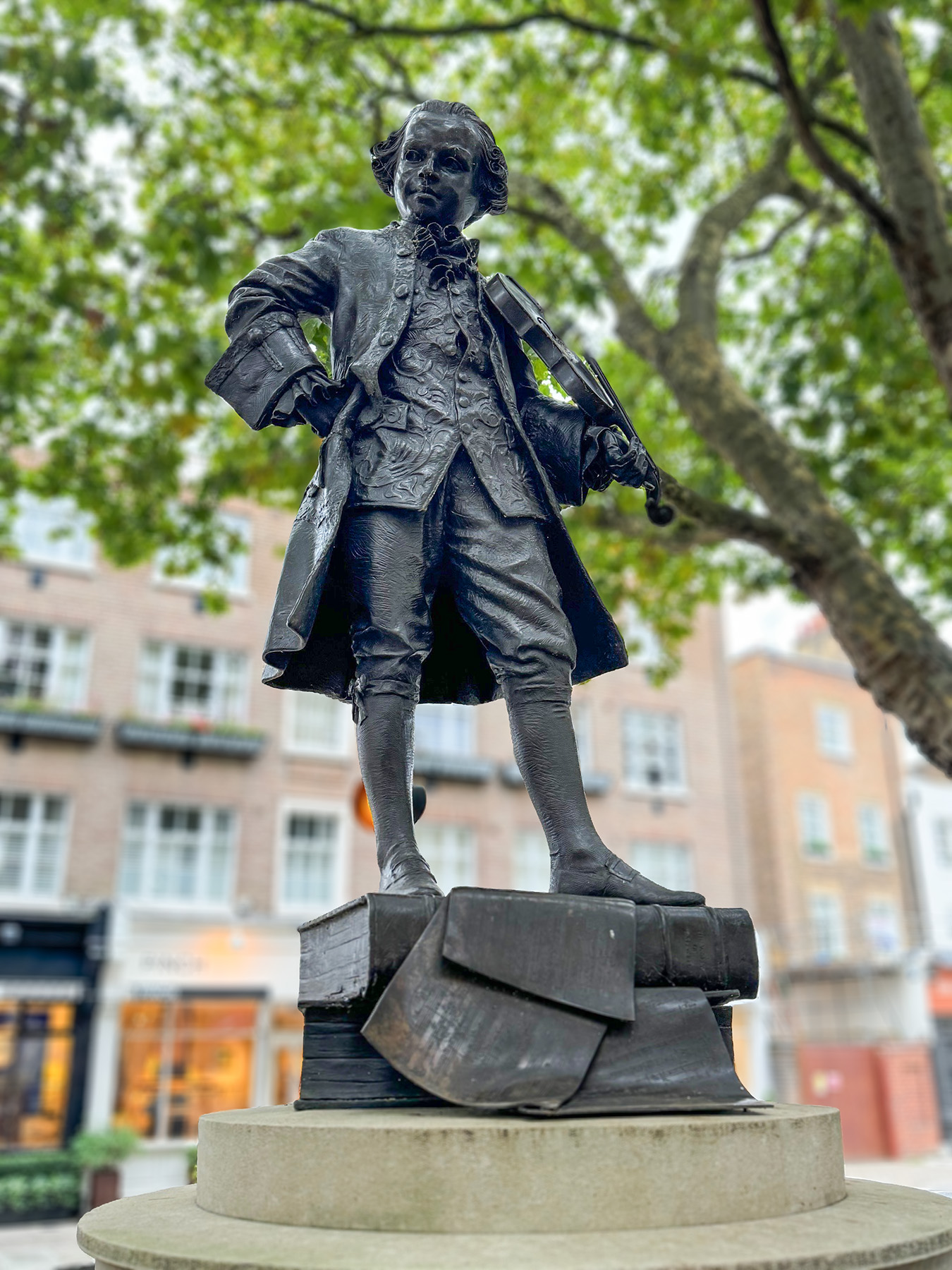Life at Ranelagh Pleasure Gardens
The Rotunda was a circular building designed by William Jones, architect to the East India Company. With an external diameter of 185 feet, it was almost the same size as the Royal Albert Hall.
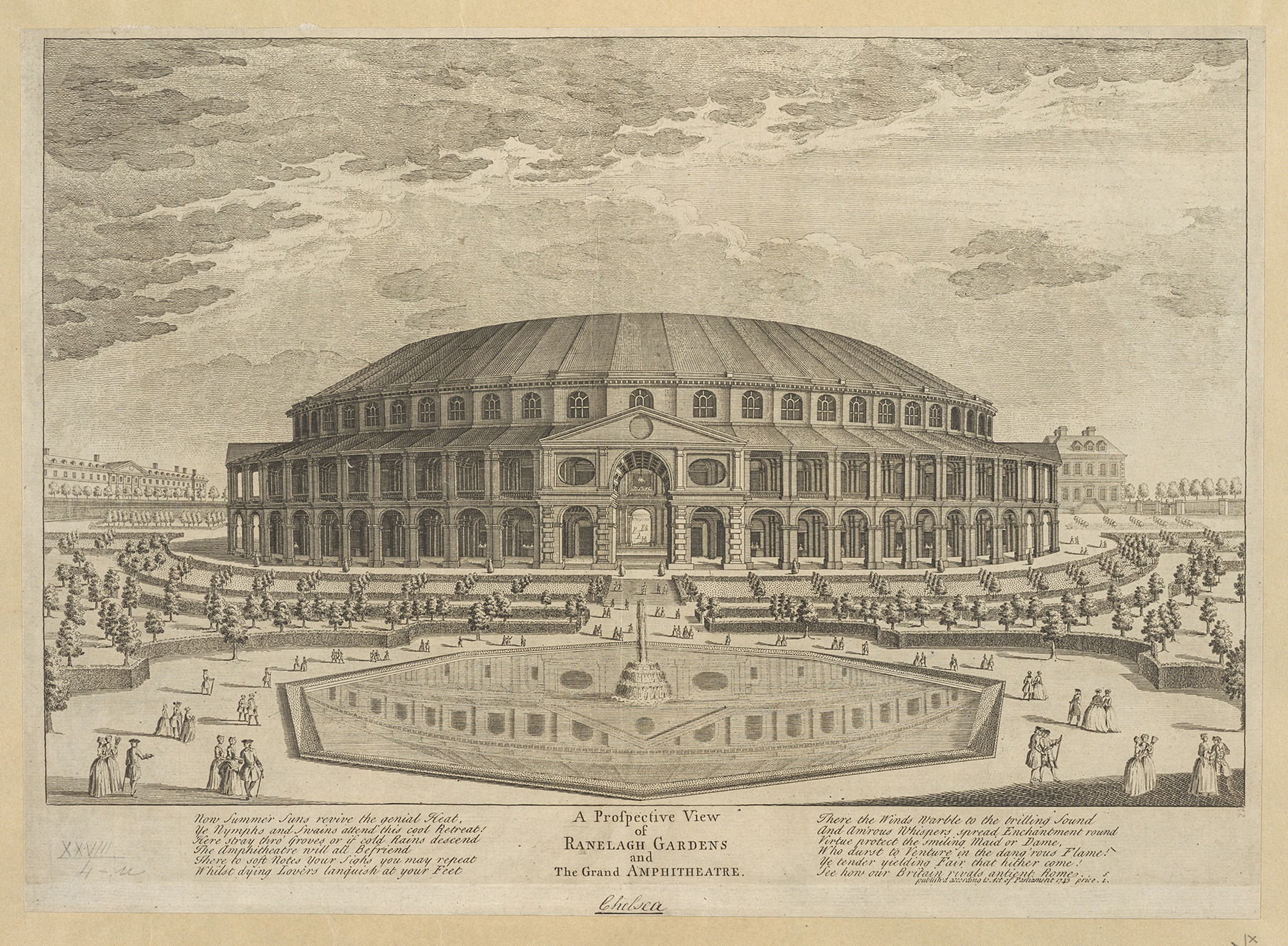
The sumptuous interior of the Rotunda was centred around a large fireplace, with 52 private boxes lining the walls and available for visitors to use. There was also space for an orchestra and an organ. Visitors can be seen here promenading around the building and taking breakfast on the benches.
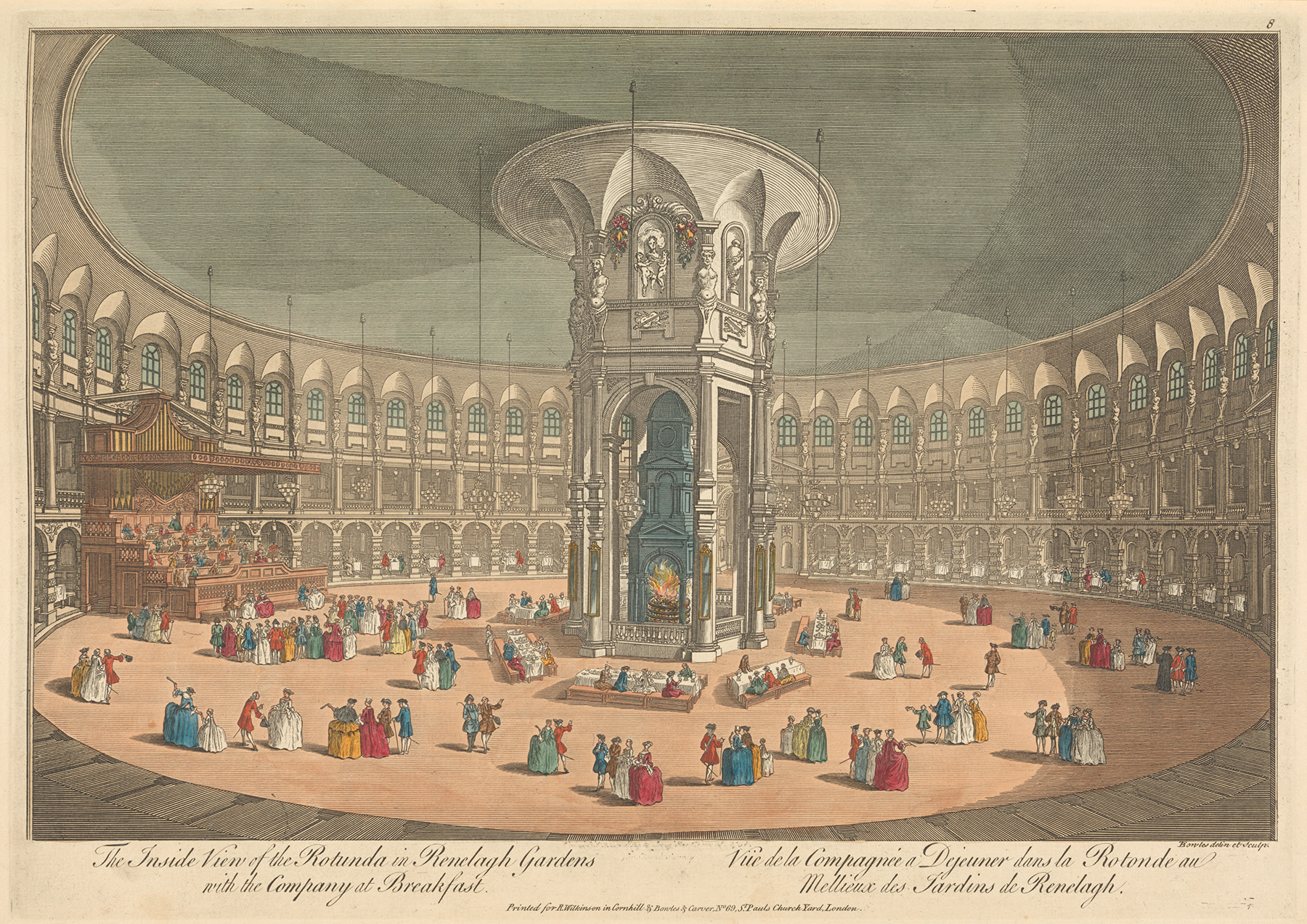
The surrounding gardens were only about half the size of the present-day Ranelagh Gardens. They boasted an ornamental canal, spanned by a bridge in the then fashionable Chinese style.
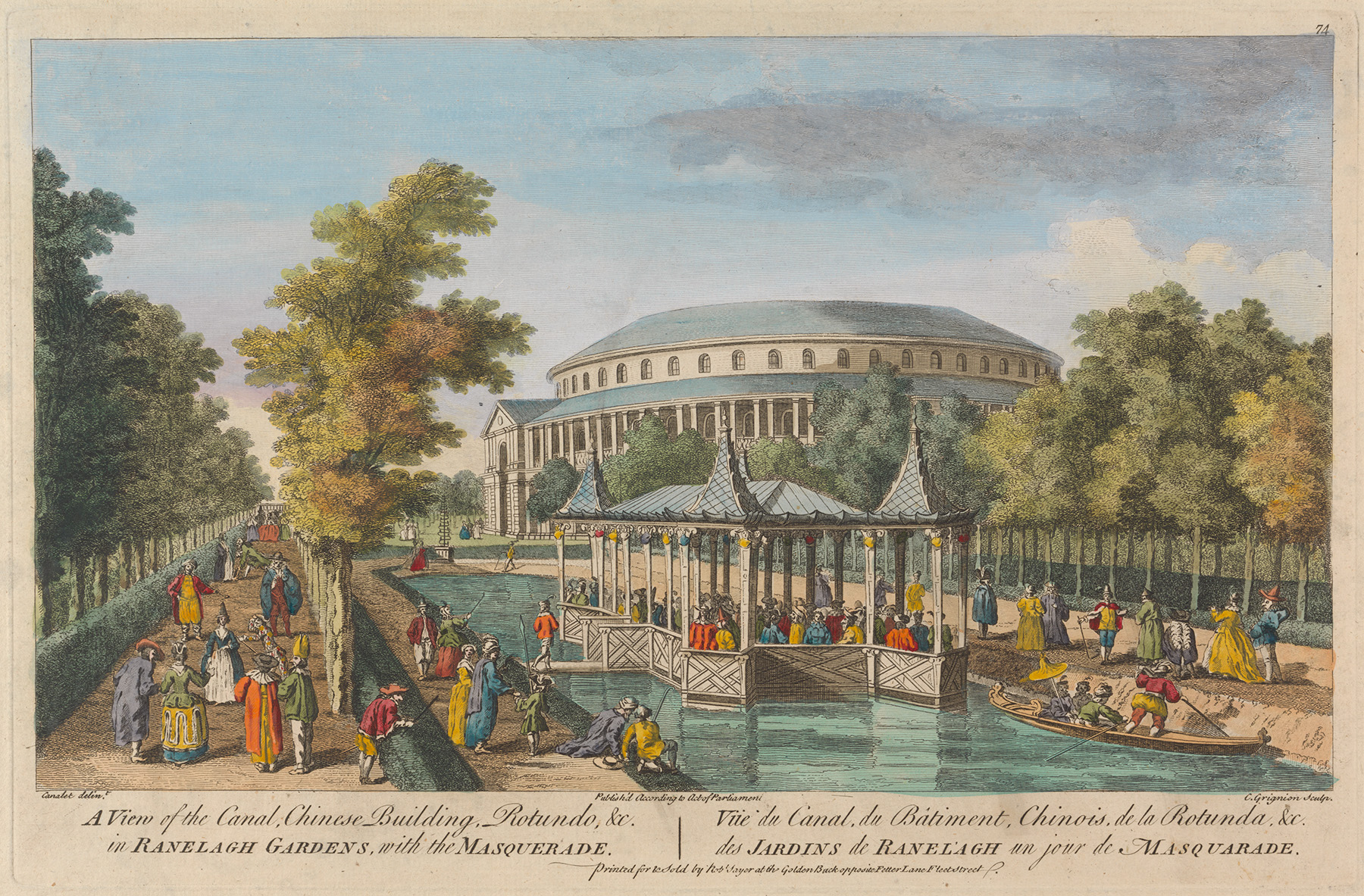
The Rotunda was the scene of public breakfasts until 1752, when such excesses were suppressed as being ‘conducive to idleness’. These were replaced by evening concerts and the occasional masquerade. These proved highly popular and provided an opportunity to show off the latest fashions.
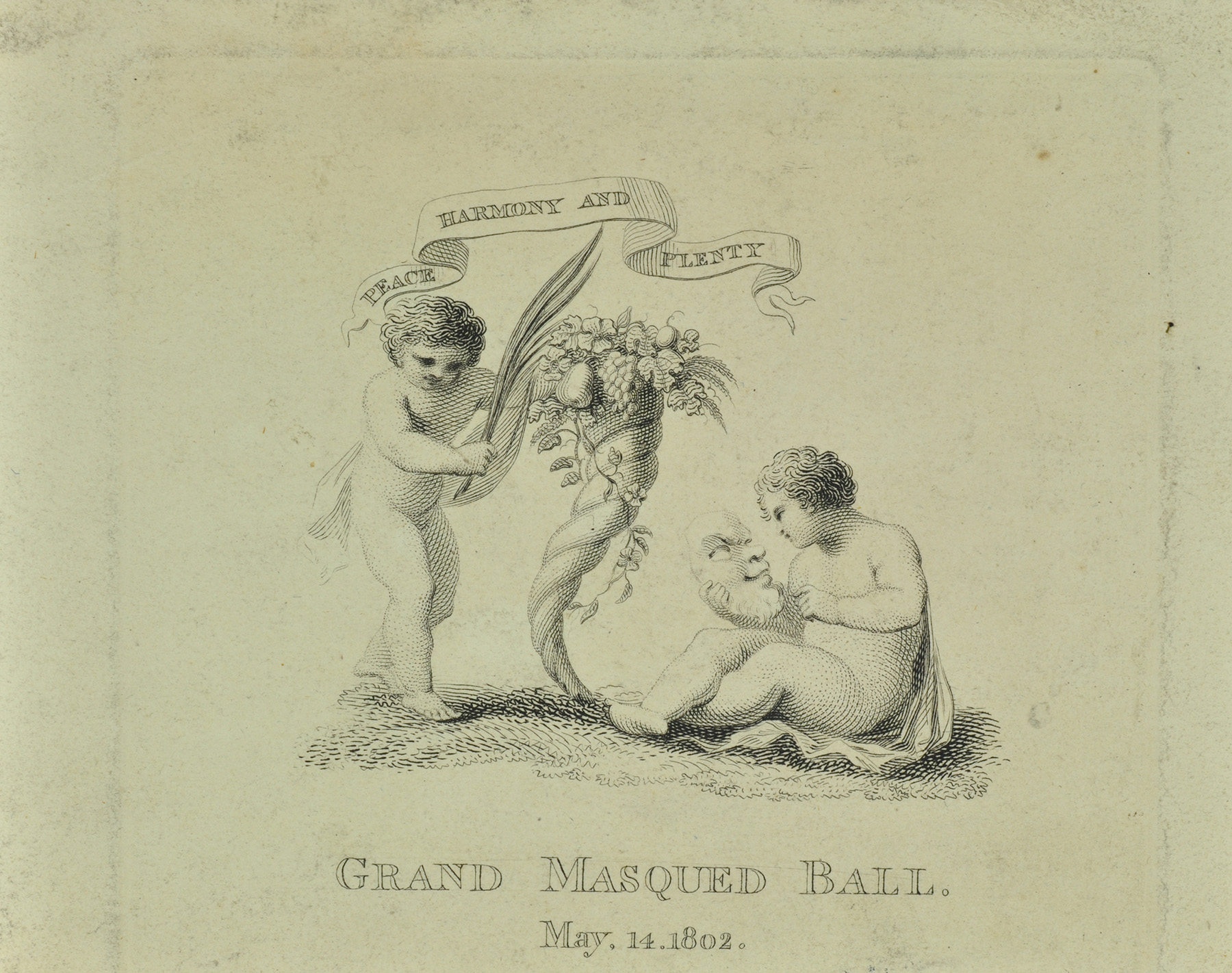
On 26 May 1794, the Chevalière d’Éon drew crowds to the Rotunda for a duel with an unnamed ‘celebrated professor in the art of fencing’. D’Éon was a former Army Captain in the French Cavalry Dragoons. Later he became a diplomat and a spy in London, during which time D’Éon began to present as a woman.
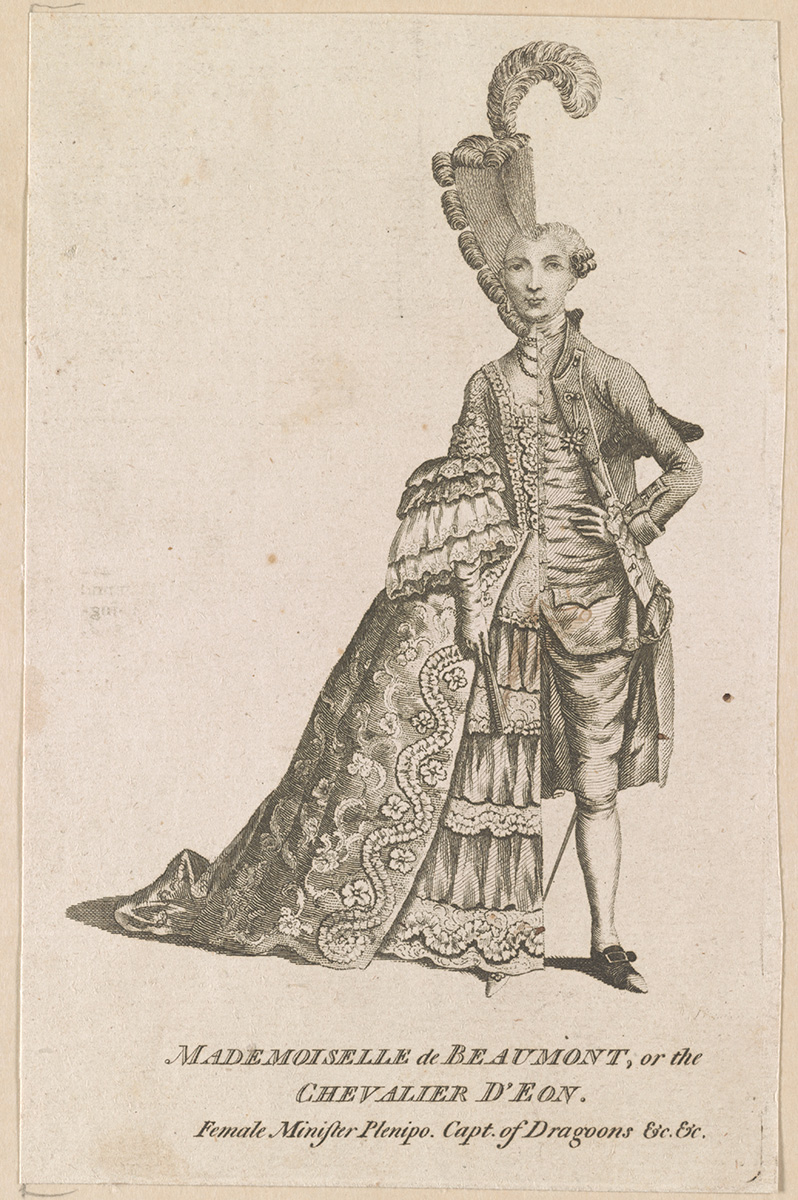
In 1764, when only 9 years old, Wolfgang Amadeus Mozart performed in a charity concert at the Rotunda. Mozart lived at 180 Ebury Street, Chelsea between 1764 – 1765. This statue in Chelsea commemorates Mozart’s stay with his family.
